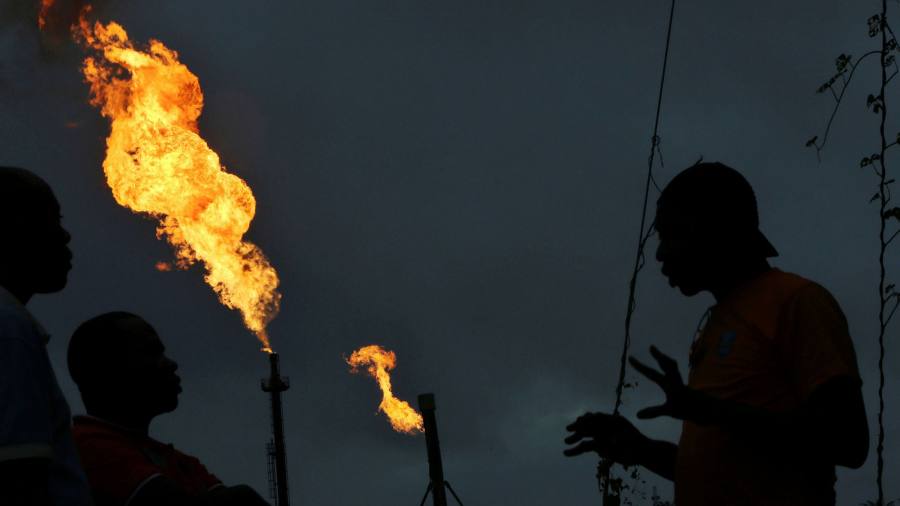[ad_1]
Chinese overseas energy finance collapsed to its lowest level since 2008 last year, with its struggling Belt and Road ambitions in the sector relying more heavily on projects in African countries.
More than half of China’s $4.6bn in overseas energy lending went to projects in Africa in 2020, data from Boston University’s Global Energy Finance database show. China’s policy banks funded a gas pipeline in Nigeria, which drove most of the more than $3bn of financing, and smaller projects in Lesotho, Rwanda and the Ivory Coast.
Overall overseas energy finance fell by 43 per cent compared with 2019 and remained far below its level in recent years. Elsewhere, China lent towards projects in Bangladesh, Serbia and Pakistan.
The wider drop in activity, anticipated in part because of the impact of coronavirus, coincided with mounting challenges to China’s ambitious Belt and Road Initiative, which has since 2013 sought to build infrastructure across dozens of countries.
Lending from China’s policy banks, which are distinct from its state-backed commercial lenders and play a big role in financing official projects both within and outside of China, fell sharply last year.
“I think the story has changed very significantly [over recent years],†said Chen Long, a partner at Plenum in Hong Kong. “We don’t have a lot of outflows . . . and a lot of places don’t want Chinese capital,†though he suggested countries in Africa were still more receptive than other markets.Â
Energy financing has always been a big part of the BRI, conceived by Xi Jinping, China’s president, as the “project of the centuryâ€. China has promised to spend about $1tn on building infrastructure in mainly developing countries around the world.
But in the past two years, Chinese lending to the BRI has slowed dramatically, analysts said. The country’s two big state development banks, the China Development Bank and the Export-Import Bank of China, have been obliged to support more projects at home, reducing their capacity to maintain a blistering pace of lending to BRI projects. During the coronavirus pandemic, they have helped boost activity on the Chinese mainland.
A number of important BRI countries such as Venezuela, Ecuador and Pakistan, have also run into financial trouble, raising concern in Beijing over the financial sustainability of its largesse to the developing world.Â
Last year Zambia became the first African country to default on its debts during the pandemic. It has borrowed heavily from Chinese lenders and reached a deal in October to defer repayments to China Development Bank.
China’s overseas lending to energy specifically has declined steadily over recent years. It provided $49bn of financing between 2017-20, compared with $73bn between 2013-2016. Lending to Africa made up 37 per cent of total lending in the former period, higher than its 21 per cent share of the total over 2013-16.
[ad_2]
Source link





